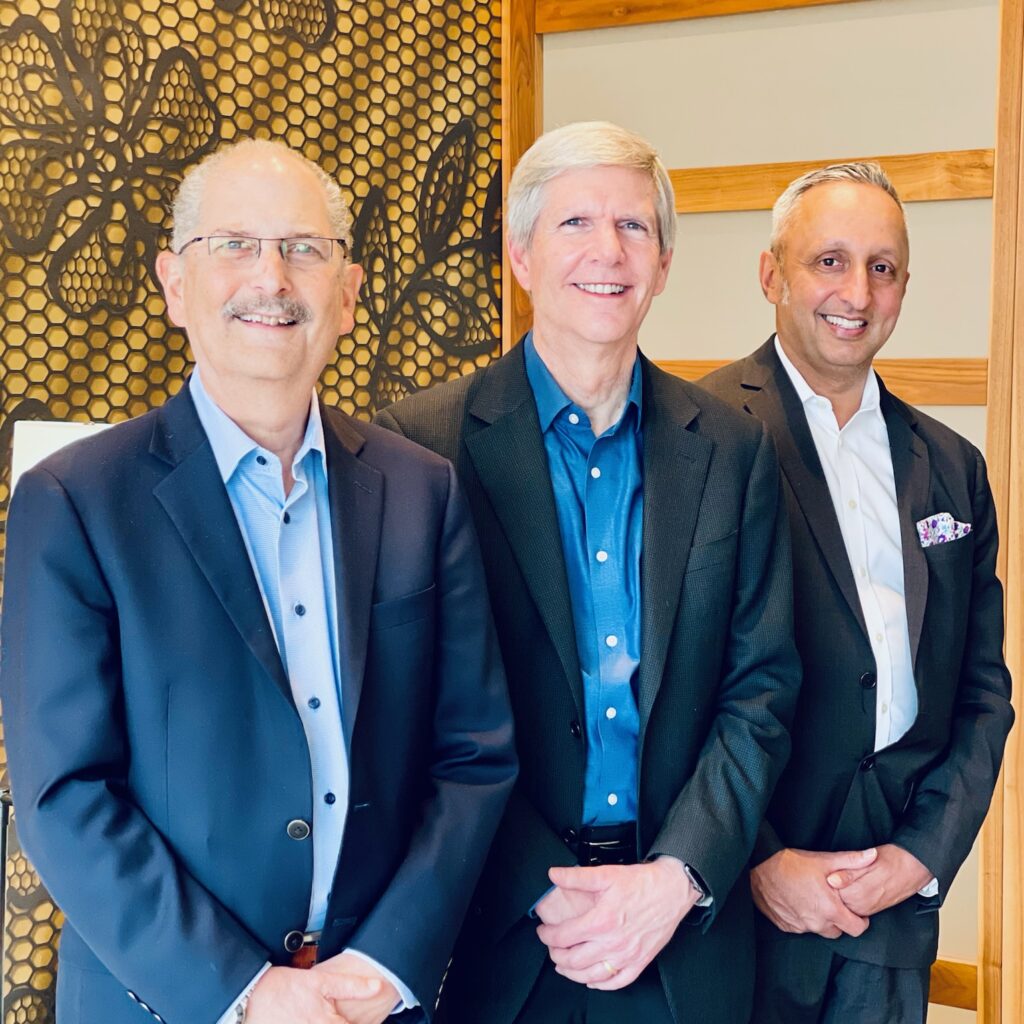A year before launching the virtual Osteosarcoma Institute in 2017, a gathering of experts on this form of bone cancer that afflicts children and adolescents conceived a strategically targeted grants program that they hoped would become a source of innovations leading to curative outcomes. Now, the team is progressing to making this goal a reality.
“In the real world of science, there are silos and physical structures that are often characterized by buildings or departments, and those physical structures are impediments to innovation,” says Chand Khanna, DVM, PhD, Strategic Advisory Board Chair. “In the virtual world, we have people from not only different states, but different continents sharing ideas, resources and time to make a common project move forward.”
The OSI grants, announced each spring, fund three research areas: clinical trials of new potential therapies; correlative science, or the evaluation of how and why a potential new therapy works or doesn’t work in clinical trials; and the basic biology of osteosarcoma cancer and its metastasis in an effort to identify clues for how to attack it.
This year, the OSI received a record 26 letters of intent, of which OSI will announce the selection and funding of the most impactful and innovative projects in June 2021.
A Different Approach
The OSI grant process is different from most grant programs.
“On one end of the spectrum, you say, give me your good ideas and we will throw money behind good ideas,” says Dr. Khanna. “On the other end you say, this is exactly what I want. Tell me how we do this, this and this. Most of what has been done in the history of science and especially in osteosarcoma falls on the former. But the Osteosarcoma Institute has purposely tried to shift us toward the latter — and that’s different.”
Mac Tichenor, OSI’s President, likens the process to the NFL draft.
“Some teams have a theory that when it’s their turn to pick, they pick the best player on the board, but it may not be exactly what their team needs,” he says. “And other teams say, we need a wide receiver so we’re going to get the best one available. The OSI has moved from ‘give us your best ideas’ to ‘give us an answer to a specific problem.’”
A Quest for Great Ideas
The OSI team has a level of expertise that includes a Nobel Prize recipient and a board filled with myriad experts in osteosarcoma and related fields. Hundreds of people were considered for what resulted in 18 board positions.
“They are the cream of the crop in every one of the disciplines and subdisciplines in which they work,” says Dr. Khanna, adding, “and we can give very specific advice and direction to what should be altered to make an idea perfect the next time.”
In addition to selecting the winning major projects, which range from up to $500,000 for the translational or correlative grants, and $800,000 for clinical trials, the OSI offers invaluable support to researchers in the form of feedback, advice and/or $20,000 spot or ad hoc grants to help researchers elevate their work to resubmit in the future.
“We’ve heard from many people that the feedback they receive is feedback they’ve never heard before,” says Dr. Khanna. “And it’s not easy to give that feedback. You have to be very confident to jump into somebody else’s work and say, you need to do A and B. And so that confidence comes from the knowledge that we have people who can do that in a way that others can’t.”
Also, finding financial support is a difficulty many researchers face.
“A lot of these new ideas require the utilization of new technologies that tend to be very expensive,” says Tichenor. “Just sequencing your genome used to cost a million dollars; it now costs a thousand. But we’re still in the million-dollar stage of some of these newer technologies, so it’s not usually something that a lab can just launch into on their own.”
A Home for Progress
The OSI is thrilled with the jump in numbers and quality of this year’s submissions, a result of their “deputizing” the board to “go out and find great ideas.”
The overarching goal is to philosophically and financially motivate researchers to pivot to osteosarcoma, an area of cancer that, until the advent of OSI, was understudied and underfunded. But as the program continues to grow — and with a proactive board driving progress — advancements are possible now more than ever.
“The secret sauce is getting this group together and working the problem,” says Dr. Khanna. “It was purpose-built. There just wasn’t such a forum before we started the Osteosarcoma Institute.”
With your support, the Osteosarcoma Institute can fund even more breakthrough studies this year. To support our efforts, please consider giving a gift of any amount.

